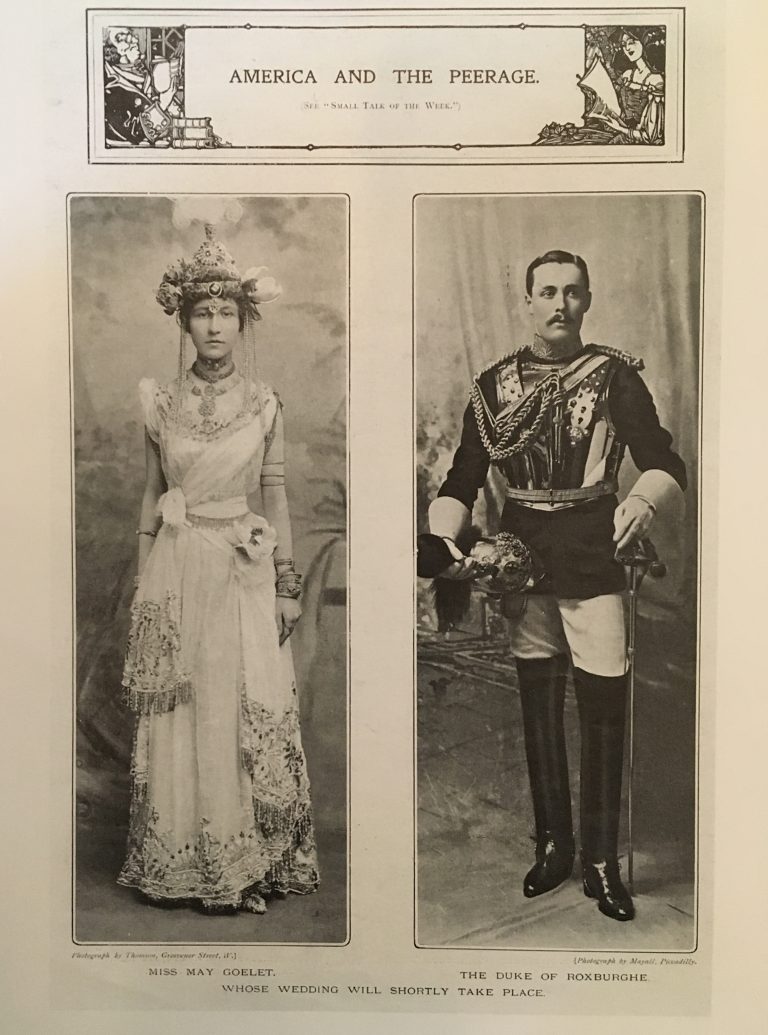Sometimes the selling of a few Gainsboroughs just couldn’t cover the costs of the upkeep of the English country house and estates in the late 19th and 20th centuries and with the explosion of wealth in America from industrialisation following the Civil War, the English and most wealthy American families became interwoven.
This theme is explored in a wonderful book I was given for Christmas: ‘An Exuberant Catalogue of Dreams’. The Americans who revived the Country House in Britain’ by Clive Aslet. It is absolutely fascinating and illustrates how a great connection grew between America and England, cementing the American love for the English country house and it’s aesthetic which lies at the very core of Jamb.










